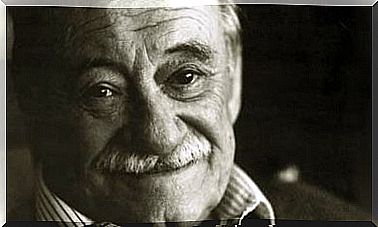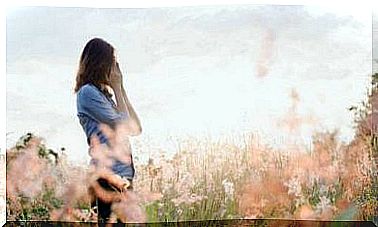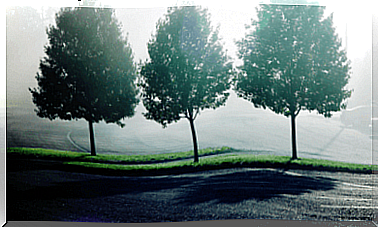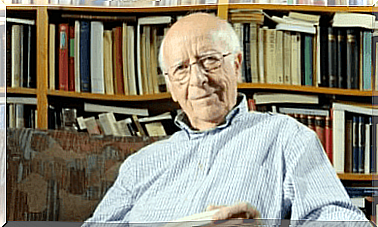Brodmann Areas: Characteristics And Functions
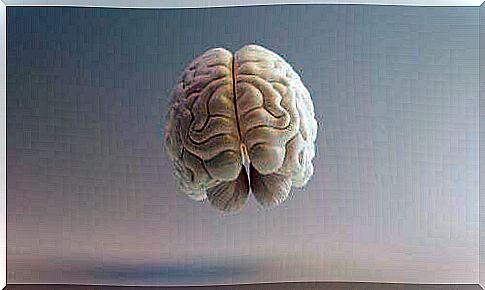
Studying the brain is very complex. Nonetheless, we cannot deny that there have been great researchers who have helped us to get to know him in a simpler way. One of them was the German neurologist Korbinian Brodmann, who divided the cerebral cortex into so-called Brodmann areas.
Brodmann devoted himself above all to the study of anatomy and psychiatry. In 1901 he focused on neurobiology and it was around this time that he drew the famous map of the cerebral cortex that bears his name.
In this map we find a division of the brain areas according to their function and position. Read on to find out more about these regions.
What are Brodmann’s areas?
Broadmann made the map of the cerebral cortex around 1909. In it he distinguished up to 52 different areas, each composed of cytoarchitecture, blood flow, metabolism and characteristic functions.
Broadman’s aim was to define a topographical organization of the cerebral cortex based on anatomical and functional features. To this end, he performed spatial divisions of the cortex which over time have been associated with the various cortical functions.
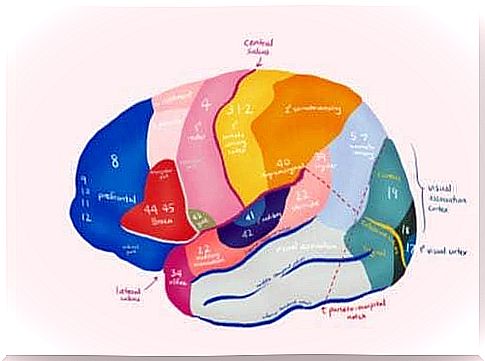
On these areas, discovered thanks to his research in neuroanatomy, he used the Nissl staining method. Brodmann did not conduct his studies only on humans, but also on monkeys.
Brodmann was not the only scientist to perform a division of the cerebral cortex : Constantin Von Economo and Georg N. Koskinas did so too, in even more detail. However, Brodmann’s cortical map enjoyed the greatest diffusion worldwide and is still used today as a reference model.
Although there is really no exact division of cortical areas and there are interrelationships in the cerebral cortex and not independent functions per area, this map is still very useful.
The motor areas
These are the areas that, in short, form the motor cortex. They are therefore responsible for processing information relating to muscle movement.
They deal with generating, coordinating, maintaining and completing movements. Within the motor cortex we can distinguish several areas:
- Primary of Brodmann 4. It is characterized by a low arousal threshold. She is in charge of following orders to initiate voluntary movements, which in general will be simple movements.
- Supplementary by Brodmann 6. It is characterized by a high arousal threshold. He is responsible for coordinating the movements involved in the posture. It affects the organization of the sequences of movements of large muscle groups.
- Brodmann secondary school 8. It is a premotor area and is in charge, together with area 6, of memorizing movement patterns from past experiences. It also deals with eye movement.
- Broca’s area or Brodmann’s 44 and 45. The movements necessary to produce language depend on them. Namely: gestures intonation and semantic processing. They therefore play a crucial role in the processing and generation of spoken and written language.
Sensitive areas
They constitute the somatosensory area and deal with the cerebral processing of sensory phenomena: association and coordination of stimuli and comparison of previous stimuli with those coming from outside.
Among other things, they process information that comes from the tactile system and that relating to the position of the body. We can distinguish the following sensitive areas:
- Primary somatesthetics, or Brodmann’s 1, 2 and 3. They are located between the parietal gyrus and the posterior section of the central parietal lobe. They are the main areas responsible for touch and proprioception.
- Secondary somatostetics or Brodmann’s 5 and 7. Area 5 is responsible for tactile perception and area 7 is responsible for integrating and recognizing objects without using sight.
- Acoustic Sensitivity Areas : Area 41 detects changes in the frequency and position of the sound. Area 42 participates in speech detection and recognition and processes information from the primary auditory cortex. Furthermore, areas 20 and 21 recognize sounds and areas 22 perceive them.
- Taste sensitivity. This is mainly the area 43 present in the postcentral region of the cervell, adjacent to the insula. Thanks to it, we process flavor and taste information.
- Vestibular tenderness. It is located on the back of the insula and area 22. The perception of body positions, the movements of the head in space and the maintenance of balance depend on it.
- Visual sensitivity. This is Broadman’s area 17, around the calcarine fissure and the occipital pole, which processes the visual content with a retinotopic distribution of visual representations. Furthermore, Brodmann areas 18 and 19 relate the information received from area 17 with previous recorded visual experiences, allowing us to recognize and appreciate what we see.

The associative Brodmann areas
They are multisensitive areas capable of associating various sensations with each other and these, in turn, with the motor areas. They are related to behavior, perceptual discrimination and the interpretation of sensitive experiences. They are divided into posterior parietal, anterior temporal and prefrontal, among which we must distinguish:
- Brodmann prefrontals or 9, 10, 11 and 12. They have the task of associating the experiences necessary to produce abstract ideas. They are also related to executive functions, personality and emotions.
- Curved crease area or Brodmann areas 39 and 40. They combine visual, proprioceptive and tactile information to consolidate concepts of shape, size and texture. They have to do with the appreciation and awareness of the image.
- Anterior temporal area. It intervenes in the filing of sensitive experiences. Its stimulation recalls objects or music. The foot movement we perform when we follow the rhythm of a song is due to area 38 of this region.
- Associative areas of language. Broca’s area is dedicated to the motor generation of the spoken language. Wernicke’s area allows for the understanding of written and spoken language and associates sounds with concepts. The center of Exner interferes with the written language and that of Dejerine and Luria the correct organization of the word.




